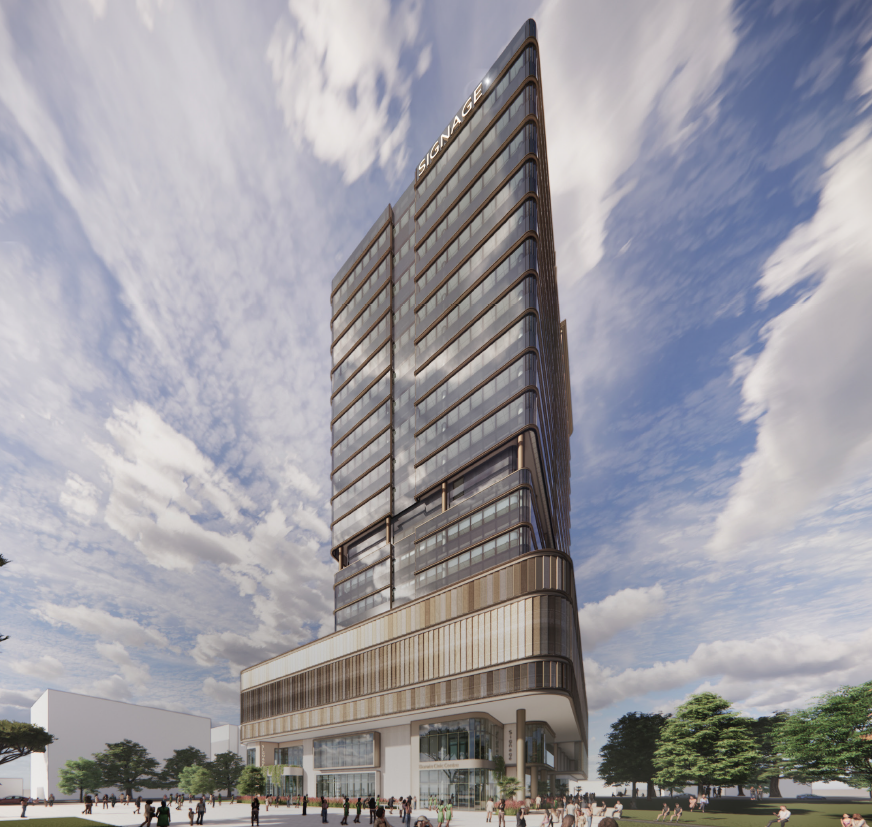Darwin once had a thriving Chinatown, centred on Cavenagh and Bennett Streets, stretching across to what is now Civic Park and the Harry Chan site. From the late 19th century, Chinese migrants ran stores, boarding houses, herbalists’ shops, cafés, and gardens here. Chinatown was both an economic hub and a cultural heart for Darwin’s Chinese community. By the 1900s, Chinese residents made up approximately 25–30% of Darwin’s population and were a central and vibrant part of the city’s social, economic, and cultural life.
Like other Chinatowns across Australia, Darwin’s Chinatown was targeted by discriminatory policies and actions. Large sections were demolished in 1941 under wartime powers, justified at the time by “sanitation” and “defence” concerns. These justifications mirrored the racial prejudice that led to the erasure of Chinese quarters in many towns and cities across Australia. What little remained was badly damaged in the 1942 bombing of Darwin. Unlike other historic quarters, Darwin’s Chinatown was never rebuilt, and it has never been declared a heritage site—almost certainly because of this legacy of racism and erasure.
There have been community efforts to preserve and honour Darwin’s vibrant Chinese heritage on this site. In 1968, when the Civic Centre was being built, members of the Historical Society of the Northern Territory undertook on-site salvage efforts, carefully excavating and documenting artefacts from Chinatown before they were lost to construction. A photograph from that year, held in the Peter Spillett Collection at the Northern Territory Library, captures them bent over in the dirt looking for pottery shards at the site of the “Old Chinatown.”
View the photograph here:
https://territorystories.nt.gov.au/10070/737697
Darwin City Council has controversially entered into a public–private “partnership” for the site. This means that while DCC retains a narrow majority stake (51%) and control of the lower public floors, the developer, DCOH, has been granted ownership of roughly half the building—the upper 10 commercial floors, which they will operate for profit. The detail of this arrangement has never been made public: the exact financial terms, the names of all private investors involved, and the long-term implications for community access remain unclear. This lack of transparency is especially troubling given the site’s deep and neglected heritage.
Despite community opposition—and the recent discovery of possible building footprints and other structural remains and artefacts consistent with old Chinatown—construction continues. The Harry Chan site has never been formally heritage listed, reflecting a long-standing pattern in which Chinese heritage in Darwin has been actively devalued and erased.
Note: While heritage listing may be challenging given that only building footprints and artefacts remain, the ongoing construction at the Harry Chan site underscores the urgent need for a professional archaeological survey to document and preserve what remains of Darwin’s Chinatown.
Related material here: https://planinc.org.au/legal-action-filed-against-darwin-council-over-new-civic-centre/
⸻
Also read here: https://planinc.org.au/harry-chan-site-lot-03981-full-critique/
